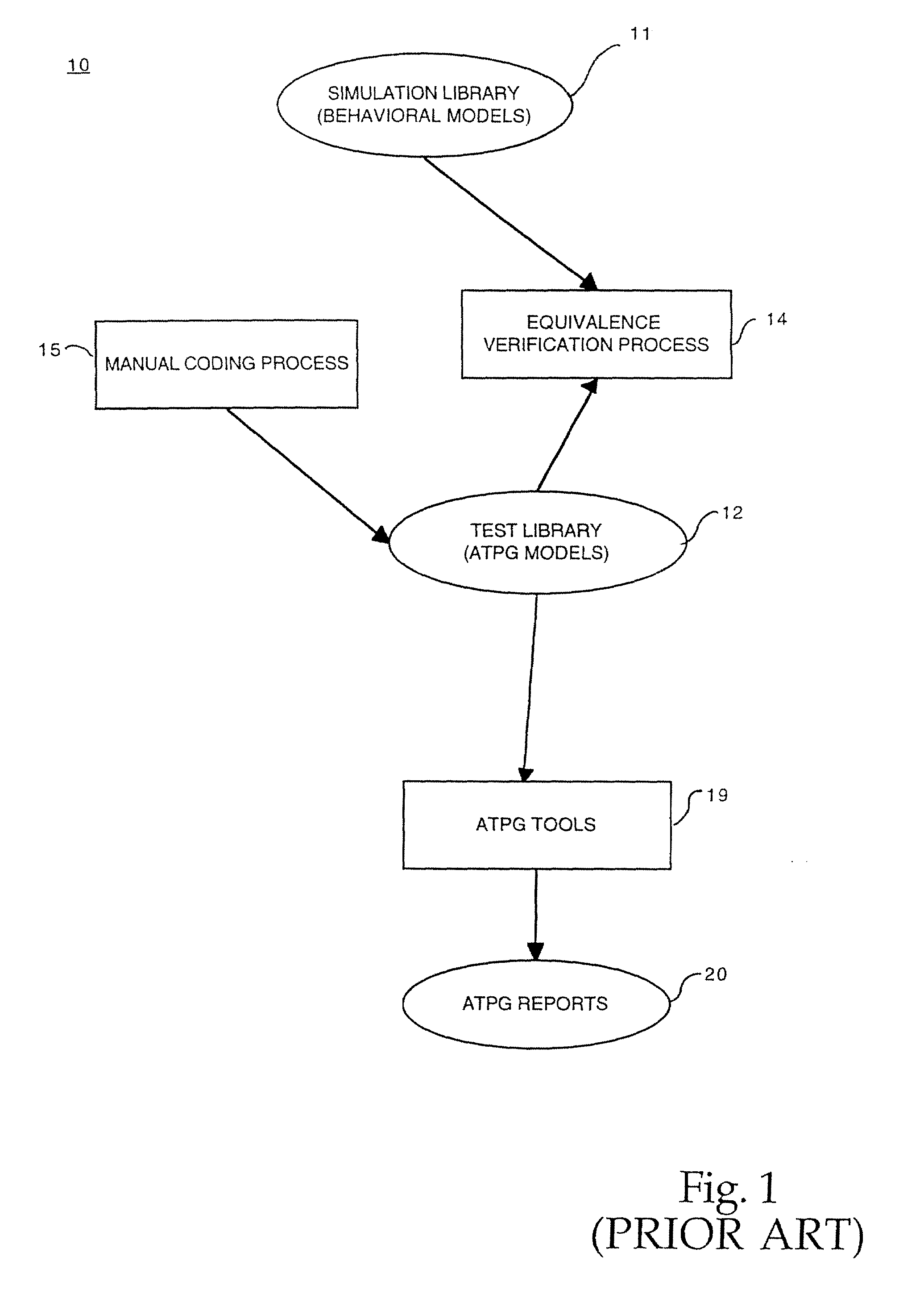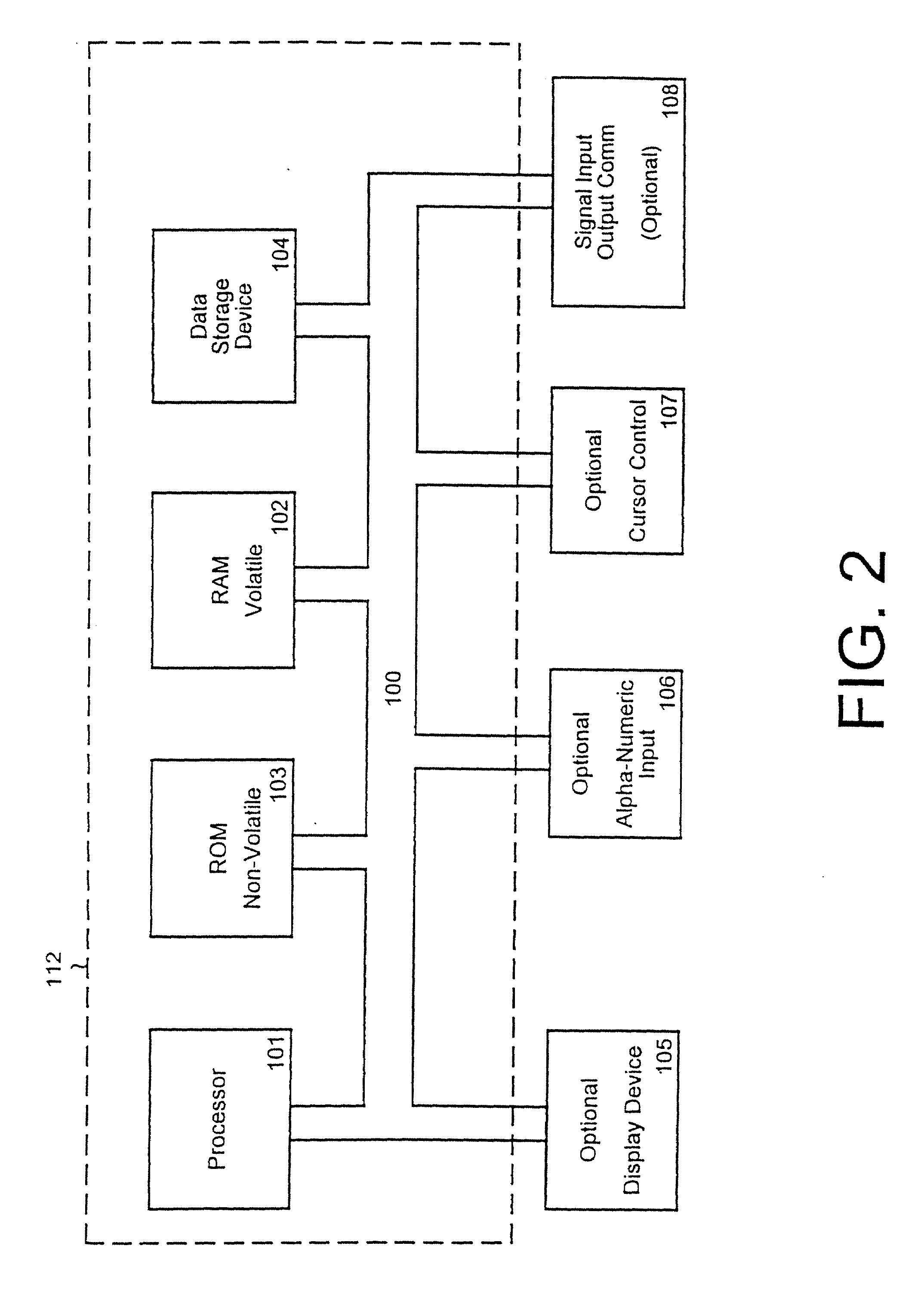Method and system for generating an atpg model of a memory from behavioral descriptions
a behavioral description and memory technology, applied in the field of electronic design automation, can solve the problems of large design volume, difficult task, time-consuming, etc., and achieve the effects of avoiding errors, avoiding errors, and avoiding complex tasks
- Summary
- Abstract
- Description
- Claims
- Application Information
AI Technical Summary
Benefits of technology
Problems solved by technology
Method used
Image
Examples
Embodiment Construction
Background of Invention
[0001] The present invention relates to the field of electronic design automation (EDA). More specifically, the present invention relates to techniques for producing gate-level and structural descriptions used in a computer controlled EDA system for integrated circuit (IC) design.
[0002] The rapid growth of the complexity of modern electronic circuits has forced electronic circuit designers to rely upon computer programs to assist and automate most steps of the circuit design process. Typical circuits today contain hundreds of thousands or millions of individual pieces or "cells." Such a design is much too large for a circuit designer or even an engineering team of designers to manage effectively manually. To automate the circuit_ design and fabrication of integrated circuit devices, electronic design automation (EDA) systems have been developed.
[0003] An EDA system is a computer software system designers use for designing integrated circuit (IC) devices. The E...
PUM
 Login to View More
Login to View More Abstract
Description
Claims
Application Information
 Login to View More
Login to View More - R&D
- Intellectual Property
- Life Sciences
- Materials
- Tech Scout
- Unparalleled Data Quality
- Higher Quality Content
- 60% Fewer Hallucinations
Browse by: Latest US Patents, China's latest patents, Technical Efficacy Thesaurus, Application Domain, Technology Topic, Popular Technical Reports.
© 2025 PatSnap. All rights reserved.Legal|Privacy policy|Modern Slavery Act Transparency Statement|Sitemap|About US| Contact US: help@patsnap.com



